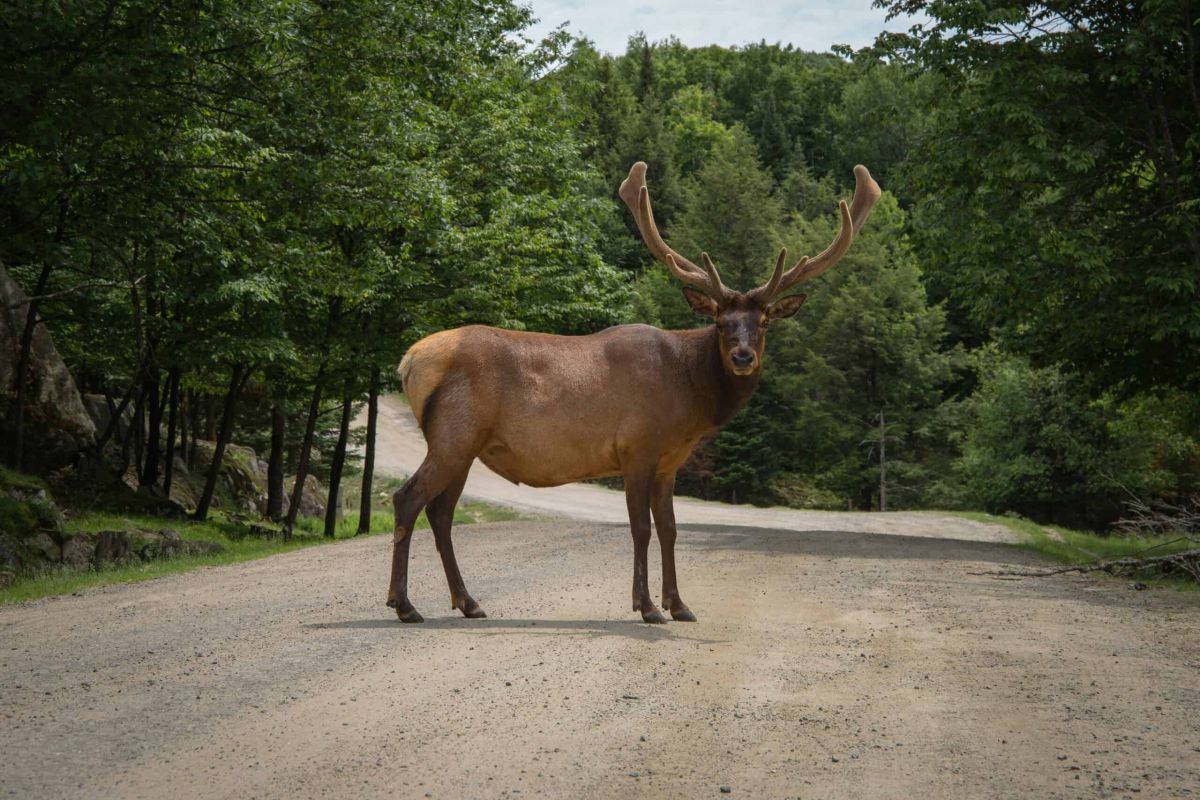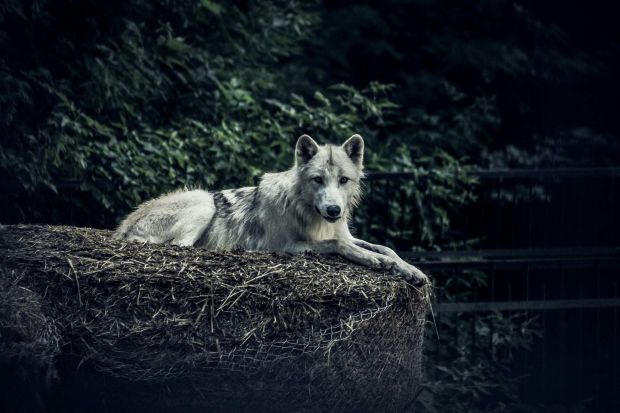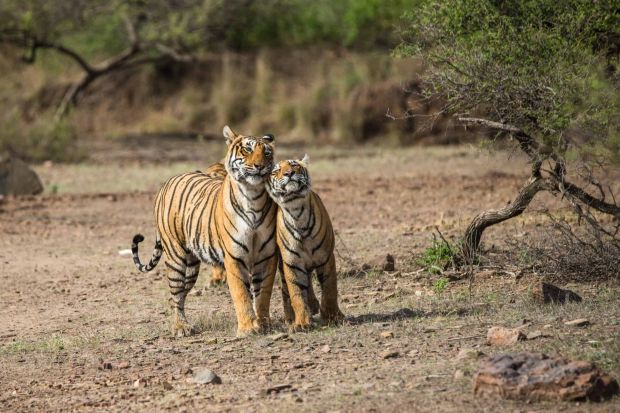Exploring Mule Deer: Understanding and Appreciating this Iconic Species

Mule deer (Odocoileus hemionus), with their distinctive ears and graceful movements, are one of North America’s most iconic mammals. These fascinating creatures inhabit a diverse array of environments, from the mountainous regions of the Rockies to the arid plains of the Great Basin. As wildlife enthusiasts and casual observers alike turn their attention to this remarkable species, it’s essential to study their biology, habitats, behaviors, and the conservation efforts that help protect them.
Physical Characteristics
One of the first aspects that set mule deer apart from their relatives, such as white-tailed deer, is their unique physical features. Their large, mule-like ears are remarkably keen, allowing them to detect potential threats in the environment. Adult mule deer typically weigh between 120 to 300 pounds, depending on their age, sex, and habitat. Males, commonly referred to as bucks, boast impressive antlers that can span up to three feet and are shed and regrown annually. In contrast, females, known as does, do not possess antlers but are equally graceful with their sleek, muscular bodies and large doe-like eyes.
Mule deer come in a range of colorations, generally ranging from reddish-brown during the summer months to a grayish-brown in winter. This capability to adapt their coats helps them blend into their environments, thereby providing effective camouflage from predators.
Habitat and Range
Mule deer thrive in a variety of habitats, including open woodlands, shrublands, deserts, and mountain ranges. They are most commonly found in the western United States and Canada, with substantial populations in states like Colorado, Wyoming, and Utah. These hardy creatures are well adapted to their habitats; they are capable of foraging on a wide array of vegetation, such as shrubs, grasses, and forbs.
One fascinating aspect of mule deer is their migratory behavior. Depending on the season, they may travel across vast distances to access food and suitable breeding areas. This migration not only demonstrates their adaptive strategies but also highlights the importance of preserving wildlife corridors that facilitate their movement between seasonal ranges.
Behavior and Social Structure
Mule deer are primarily crepuscular, meaning they are most active during dawn and dusk. They are social animals that tend to group together in small herds, especially does and their fawns. On the other hand, bucks are more solitary outside of the breeding season, although they may form bachelor groups during late summer and early fall.
Mule deer communicate through a variety of sounds, body language, and scents. During the rutting season, which typically occurs from late October to early December, males will engage in sparring matches to establish dominance and attract females. These confrontations can be quite dramatic as bucks display their strength and agility.
Conservation Status
Mule deer populations can fluctuate significantly due to various factors such as habitat loss, predation, and climate change. Their populations were notably affected by overhunting in the late 19th and early 20th centuries. However, thanks to focused conservation efforts, regulated hunting, and habitat restoration projects, many areas have seen a recovery in mule deer numbers.
Environmental changes pose ongoing challenges. Habitat degradation from urban development, agriculture, and climate change has led to a decline in suitable living conditions for mule deer. Conservation organizations play a crucial role in safeguarding their habitats, implementing research initiatives, and promoting sustainable hunting practices.
How You Can Help
As individuals passionate about nature and wildlife, there are numerous ways we can contribute to the conservation of mule deer and their habitats:
- Educate Yourself and Others: Knowledge is power. Understanding the importance of mule deer within their ecosystems can help you support conservation efforts.
- Support Local Conservation Efforts: Many organizations work tirelessly to protect wildlife habitats and promote sustainable practices. Consider donating time or money to these efforts.
- Practice Responsible Recreation: Whether you enjoy hiking, camping, or wildlife watching, practice Leave No Trace principles to minimize your impact on the environment.
- Advocate for Wildlife Corridors: Support initiatives that protect migration routes and habitats for mule deer and other wildlife.
Conclusion Mule deer, with their striking presence and amiable nature, are an essential part of North America’s wildlife heritage. By understanding their behaviors, habitats, and conservation challenges, we can ensure that future generations will be able to enjoy the majestic sight of mule deer wandering the landscapes of our national parks and forests. Let us celebrate and protect these magnificent creatures as integral members of our shared ecosystem.



